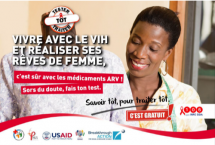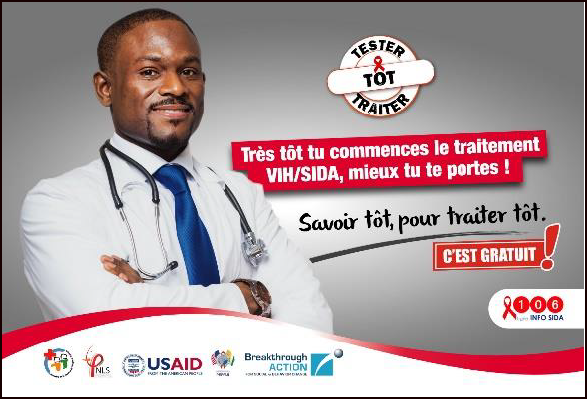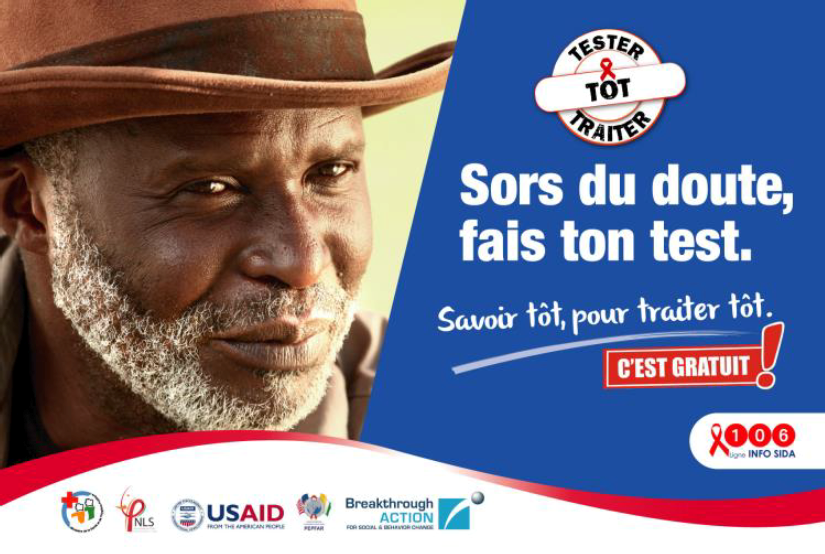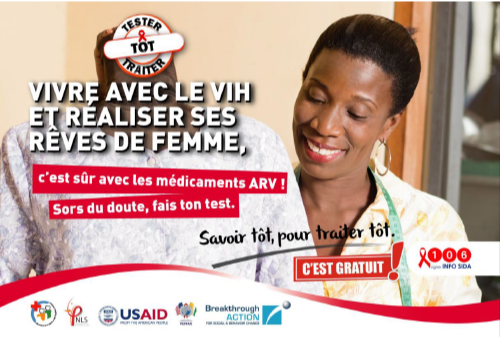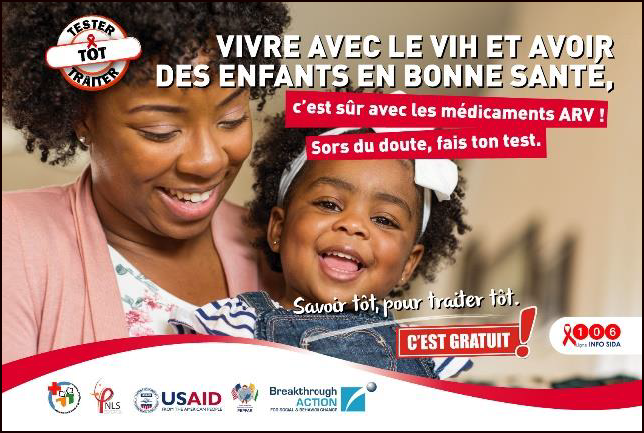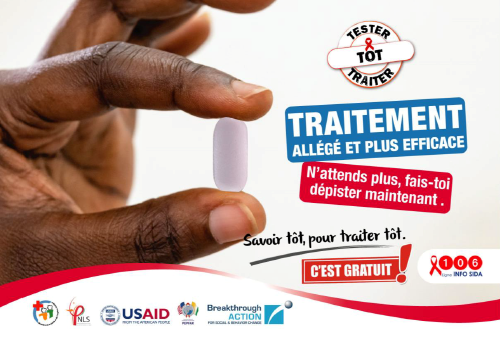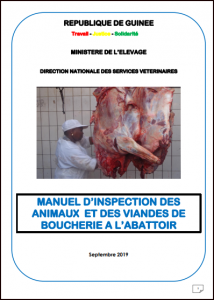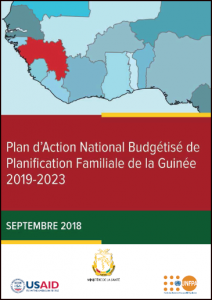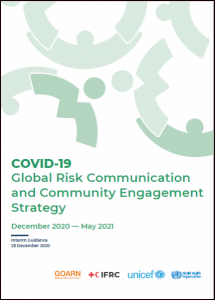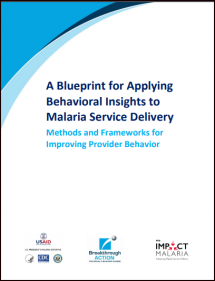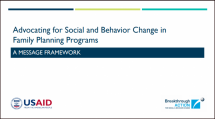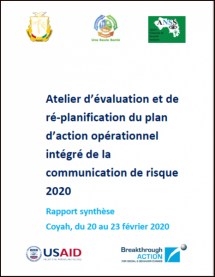Les supports de communication” tester traiter tous”
En février 2017, le Programme Nationale pour la Lutte contre le Sida en Côte d’Ivoire (PNLS CI) a émis une note circulaire aux prestataires de santé pour annoncer l’adoption de l’approche “Tester et traiter tous” comme nouvelle stratégie de prise en charge des personnes vivant avec le VIH en Côte d’Ivoire.
Bien que les prestataires soient avisés de cette nouvelle approche, elle n’est pas bien connue du grand public et des populations à risque en particulier. Les Ivoiriens connaissent peu les bénéfices de cette nouvelle approche pour l’individu par rapport à la santé, mais aussi les bénéfices non sanitaires comme la productivité continue et moins de frais pour les maladies plus graves.
Dans ce contexte, pour informer les individus et les familles des avantages du traitement précoce et les services de traitement et soutien qui leur sont offerts, Breakthrough ACTION a développé des outils de communication et opérationnalisé une stratégie de mobilisation communautaire autour de l’approche “tester et traiter tous”.
Source: Breakthrough ACTION/Johns Hopkins Center for Communication Programs
Date of Publication: January 19, 2021
SIMILIAR RESOURCES
Tools
Examples
- Guide de Formation Conseil Dépistage du VIH au niveau Communautaire: manuel à l'intention du personnel non médical
- Guidance for the Prevention of Sexually Transmitted HIV Infections
- Treatment 2015
- Toolkit for Transition of Care and Other Services for Adolescents Living with HIV
- Adolescents Living with HIV (ALHIV) Toolkit
- Driving the HIV response: Community Guide to the WHO 2013 Consolidated Guidelines on the Use of Antiretroviral Drugs for Treating and Preventing HIV Infection
- Lever les Tabous: La sexualité et les approches promouvant l’égalité des genres pour mettre fin aux unions et aux mariages d’enfants, précoces et forcés
- Adolescent HIV Testing, Counselling and Care
- Antiretroviral Therapy for HIV Infection in Infants and Children: Recommendations for a Public Health Approach
- Guidelines for the Use of Antiretroviral Agents in HIV-1-Infected Adults and Adolescents
- Campagne Tester Traiter TOT
- Materiaux de Campagne Tester Traiter TOT - Materials from Test and Treat TOT Campaign, Côte d’Ivoire
- Améliorer les résultats pour les hommes tout au long du continuum de traitement du VIH en Côte d'Ivoire -Résumé de l'évaluation du Programme Frères Pour la Vie
- L'Afrique est unie contre le SIDA pediatrique
- Improving Outcomes for Men Along the HIV Treatment Continuum in Côte d’Ivoire - Summary of the Engaging Men Brothers for Life Program Evaluation


